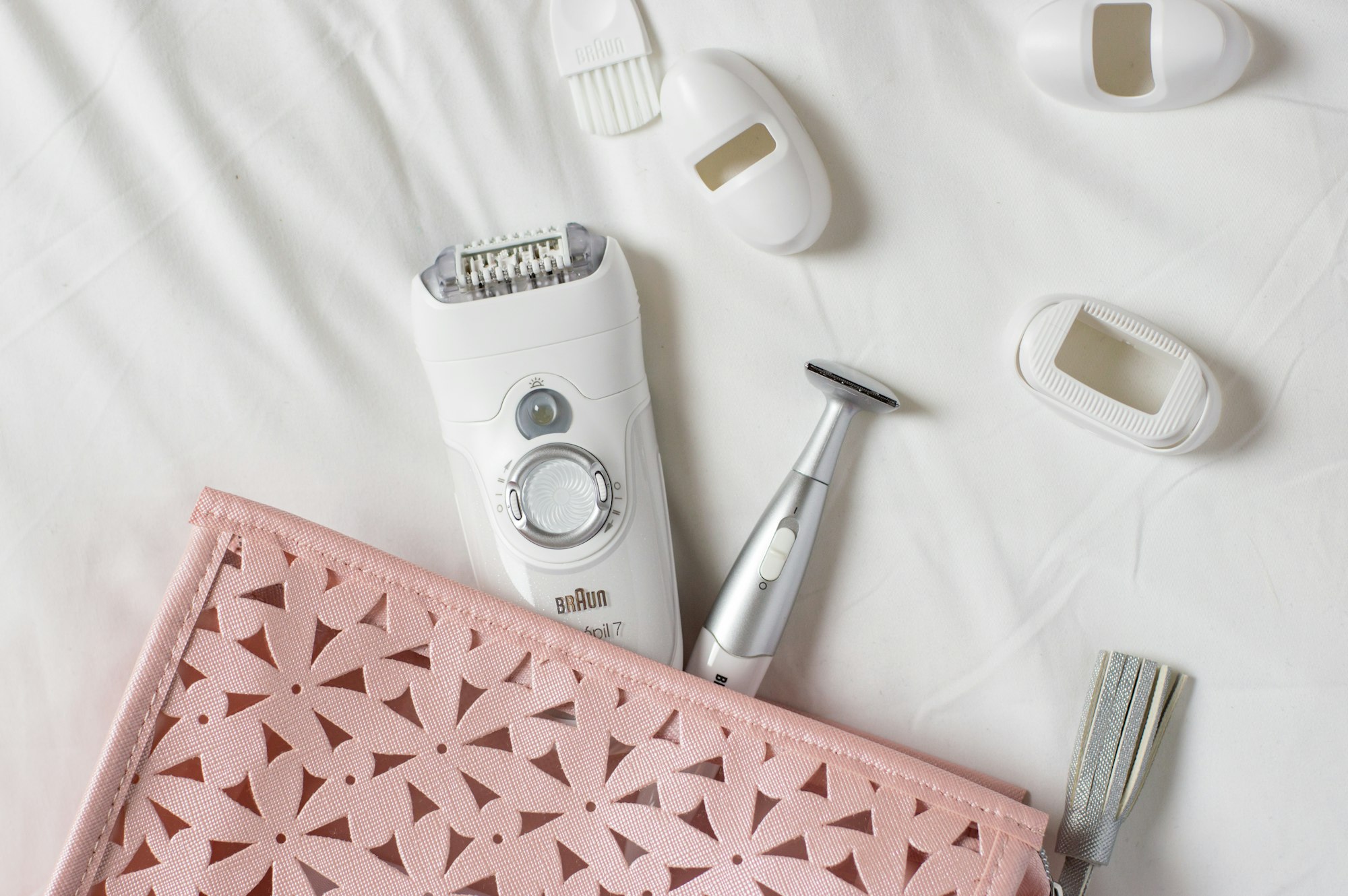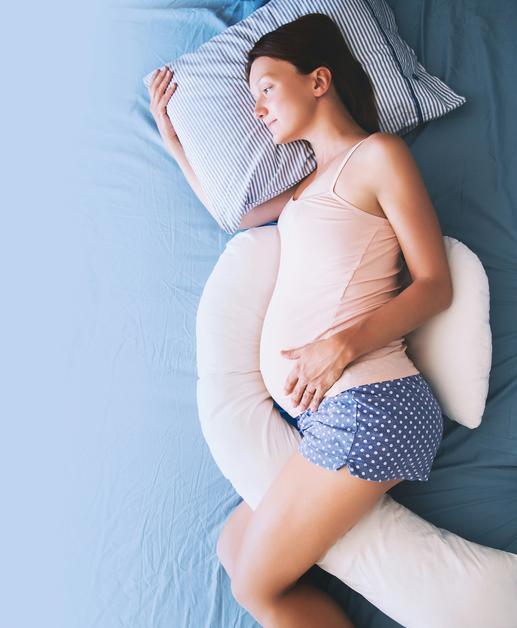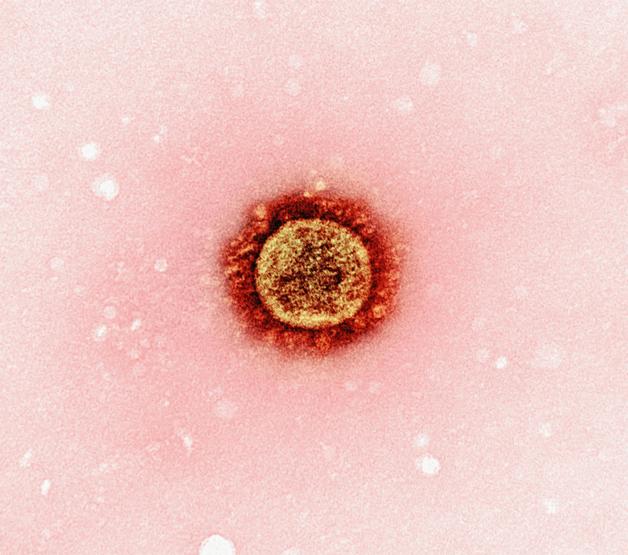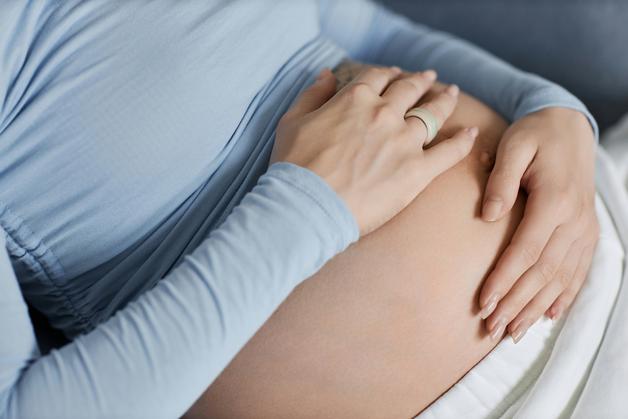Navigating through bikini wax pregnancy concerns might make you pause and reflect—can you really pursue this personal care ritual while carrying? The surge of hormones, the mounting discomfort, and the anticipation of childbirth present a cocktail of worries for parents-to-be. Hair growth that seems relentless, the urge to maintain comfort and hygiene, and whispers about what’s “expected” before entering the labour room… All these questions can pile up quickly. Some parents worry if waxing right before delivery is necessary, while others are curious about safe alternatives. Is there a right time to opt for waxing, or should it be skipped entirely? What about skin reactions, or extra pain? Here, you’ll find what the medical world has to say, clear explanations on timing, advice tailored for increased skin sensitivity, and insights on alternatives—from shaving to the gentle art of sugaring. Scientific evidence, real tips, and empathy blend throughout. Let’s pierce through the doubts surrounding bikini wax pregnancy together.
Understanding Bikini Wax Pregnancy: Context, Changes, and Choices
Hormonal shifts in pregnancy are notorious—sometimes temples sprout soft fuzz, and the bikini area gets a bit wilder. Why? Estrogen and progesterone fuel extra blood flow to the skin, leading to rapid hair growth and, unfortunately, heightened sensitivity. Many expecting mothers notice that waxing, once routine, suddenly feels sharper, almost electric. A bikini wax during pregnancy essentially means applying warm wax to remove unwanted hair from the pubic and thigh line, then pulling it off swiftly, extracting each hair at the root.
Not all bikini waxes are the same—some simply focus on what peeks out of the underwear (“basic bikini”), while others, such as Brazilian or Hollywood, remove most hair. Hard wax beads, more gentle compared to strip wax, are often favoured during pregnancy for their skin-friendly formulas.
You might wonder if this ritual is necessary as your due date approaches. Medical teams, including obstetricians and midwives, have lost count of how many patients brought up this question: “Do I need to wax before delivery?” Medical consensus is straightforward—your comfort prevails. The pubic hair poses zero problem for hygiene in delivery rooms. Preferences belong solely to the person carrying, and there’s no health requirement attached.
Is a Bikini Wax Required Before Delivery? Facing Facts, Not Myths
Worries about hospital expectations surface frequently. The truth: the presence or absence of pubic hair is irrelevant for doctors and midwives during labour. Their focus lies solely on your well-being and baby’s arrival—not aesthetics. There is, however, one exception: cesarean birth.
When planned or emergency cesarean section (C-section) is necessary, the surgical incision is placed low, near the bikini line. For this specific intervention, a slim band of hair (roughly 3 cm) just above the pubic bone will be removed—usually by a nurse using a razor, moments before the procedure, if not already smooth.
If you want to avoid in-hospital shaving, some anticipate and have this patch discreetly waxed by a professional just ahead of the planned cesarean. After such a surgery, regrowth near the surgical scar can be itchy—mild discomfort is common as hair grows back.
Note for recovery: after perineal repair or episiotomy, experts recommend waiting at least a month before considering waxing, to protect the healing skin.
How Safe Is Bikini Waxing During Pregnancy? Medical Evidence and Professional Recommendations
Let’s address the burning question with scientific candour: is bikini wax pregnancy risky? The short answer: research finds no evidence linking waxing to miscarriage or any harm to the unborn baby. The caveat: waxing promises a bit more sting than usual, given heightened vascularity and sensitivity in pregnant skin.
Consulting your doctor before booking a wax—especially if you are in the third trimester or have a high-risk pregnancy—is a sound step. Avoid waxing on rashes, open cuts, melasma (dark skin patches), or varicose veins. Pregnant skin is like fine silk: fragile if provoked, but resilient when handled with respect.
Medical experts highlight that waxing, while generally safe, increases the chance of minor side effects—think redness, mild swelling, a few ingrown hairs, or, rarely, folliculitis (inflamed follicles). These are temporary and manageable if hygiene is prioritized.
Changes In Hair and Skin During Pregnancy: Physiology in Action
Pregnancy is a whirlwind for your hair follicles. Increased estrogen and progesterone result in faster, thicker hair growth, sometimes in new areas—belly, face, arms, legs. The bikini region in particular often requires more maintenance. Unfortunately, these same hormones lead to more blood in the skin’s surface, heightening discomfort during hair removal.
Reactions after a bikini wax pregnancy session can include a spectrum: a flush of redness, transient swelling, brief pain, perhaps a patch or two of ingrown hairs. A cool compress, soothing aloe vera, and gentle exfoliation often do wonders. Avoid anything abrasive or scented, as fresh skin post-waxing is highly reactive.
Advantages of Bikini Waxing During Pregnancy: Comfort and Body Image
Yes, embracing bikini wax pregnancy comes with tangible upsides. Smooth skin for weeks—that’s peace of mind when daily movement grows more taxing. Sweating and hair growth in pregnancy can amplify feelings of discomfort or self-consciousness; waxing provides an extended clean slate where razors or creams demand constant retouching.
Many parents express renewed confidence post-wax, even as their body changes shape and function. Such rituals can bolster self-image and offer a sense of agency amid the unpredictability of pregnancy.
Possible Risks and Side Effects: Informed Choices, Balanced Facts
Let’s not sugar-coat it—waxing during pregnancy does pose some risks. Alongside increased pain, there’s a genuine chance of local redness, mild swelling, painful ingrown hairs, and even rare wax burns or allergic responses. Flare-ups in chronic skin conditions like eczema or psoriasis can also occur, especially if already present.
To reduce risks:
- Skip waxing if there’s any broken skin, rash, infection, melasma, or varicose veins in the bikini zone.
- Defer waxing until cleared by your healthcare provider in cases of high-risk pregnancy.
- Nail salon hygiene: always insist on single-use applicators and sheets, no recycled wax.
- At home, sterilize thoroughly or select pregnancy-safe hard wax beads with calming ingredients (jojoba oil, aloe vera, beeswax).
- Never skip the patch test—apply to a small section 24 hours beforehand.
The Right Way to Prepare—and Look After—Bikini Wax Pregnancy
Trouble reaching tricky areas? You’re not alone—bending and stretching with a growing belly introduces new challenges. Professional salons familiar with pregnant clients are adept at adapting positioning and choosing milder waxes.
If attempting home waxing:
- Choose waxes labelled “for sensitive skin.”
- Exfoliate lightly one day before, avoiding harsh scrubs.
- Ideal hair length: about 0.6–1.9 cm—too short, wax won’t grip; too long, it’ll hurt.
- The second trimester is often the sweet spot—pain and skin reactivity peak less than in late pregnancy.
Post-waxing, loose cotton underwear helps breathing skin; avoid hot showers, intimacy, or tight jeans for 24 hours.
When Should Bikini Wax Pregnancy Be Avoided?
Listen to your body and heed warnings—skip waxing if:
- Due date is imminent (final four weeks).
- There are rashes, open wounds, active melasma or varicose veins.
- Skin infections are present, or pregnancy is flagged “high-risk.”
- On medication causing thinner skin or slower healing.
Signs like ongoing redness, pus, swelling, fever, or any new rash are red flags for medical review.
Alternatives to Bikini Waxing During Pregnancy: Options for Every Preference
If waxing sounds daunting, alternatives abound. Shaving offers a quick fix, though a helping hand may become essential as months pass. Sugaring—a traditional, natural method—uses sugar paste and sometimes feels gentler on sensitive skin. Threading or meticulous tweezing works for small touch-ups.
Best to set aside depilatory creams (chemical-laden and irritant-prone), bleaching, and high-tech laser or electrolysis—pregnancy safety remains unproven for these.
Myths and Realities: Debunking the Grapevine
Does a bikini wax pregnancy increase the risk of miscarriage? Scientific reviews say no—there is simply no physiological mechanism connecting waxing to harm for baby or pregnancy. The risk, according to dermatologists and obstetricians, is confined mostly to infection or irritation if hygiene is not respected, or waxing is performed on compromised skin.
Practical Experiences and Medical Insights
Parents who’ve braved the wax during pregnancy recount mixed stories—yes, discomfort may rise, but for many, the sensation of smoothness and cleanliness trumps a moment of sting, especially with slow, skilled hands and gentle aftercare. Professional estheticians experienced with pregnancy are equipped to tweak their routine to maximize comfort. Taking breaks, communicating pain, and following through with soothing post-care enhance the experience.
Safe aftercare, including fragrance-free moisturizers, aloe vera gel reserved for sensitive skin, and loose outfits—these fine details often make the days after much more tolerable.
Key Takeaways
- Bikini wax pregnancy is generally safe, provided that hygiene and timing are prioritised.
- Hospitals and doctors do not demand bikini waxing before childbirth; individual preference rules.
- For cesarean births, a small patch may be shaved by medical staff directly before surgery.
- Postpartum waxing must wait for a minimum of one month after perineal repairs.
- Expect more sensitivity and pain, particularly during the final weeks of pregnancy.
- Always opt for reputable salons, or maintain rigorous hygiene at home with sensitive skin wax.
- Avoid waxing if medical conditions—such as varicose veins or infections—are present.
- Consult your healthcare provider for tailored advice on bikini wax pregnancy.
- Consider gentle alternatives if waxing is uncomfortable (sugaring, shaving, threading).
- For bespoke advice and free health questionnaires for your child’s needs, discover the application Heloa, a supportive companion for parental well-being.
Questions Parents Ask
Can I get a bikini wax during the first trimester of pregnancy?
Yes, waxing is common even in early pregnancy for those who feel up for it. However, increased skin sensitivity is possible due to hormonal surge. It is a good idea to let the salon staff know you are pregnant so they can use gentle, skin-soothing wax and adjust their technique for extra comfort.
Are there specific signs that I should avoid waxing while pregnant?
Absolutely. If you spot any skin rash, wound, unexpected irritation, or signs such as warmth, discharge, or swelling in the area, it’s better to wait. New allergies or skin changes? Check with your healthcare provider for peace of mind before proceeding.
How can I make bikini waxing less uncomfortable during pregnancy?
Scheduling during the second trimester often gives the most comfort. A professional with experience in bikini wax pregnancy will use softer wax, take breaks if required, and keep their technique mild. Breathable clothing afterwards, a cool aloe vera application, and plenty of hydration also help. Always listen to your own sensations and pause if discomfort spikes.
Can waxing in pregnancy cause miscarriage?
No, current medical research says that waxing is not related to miscarriage. The main worries are infections or reactions from improper procedures—never from the act itself.
What aftercare is recommended post-waxing?
Stick to loose, airy outfits, avoid direct heat or sunlight, and use fragrance-free moisturiser or pure aloe vera gel on freshly waxed skin. For 24 hours, skip hot baths, perfumed products, and tight underwear for maximum comfort.
Are there other safe ways to remove bikini hair during pregnancy?
Of course. Shaving, sugaring, threading, and gentle trimming are all considered safe options for pregnant skin. Avoid depilatory creams, bleaching, and laser hair removal, as these have not been proven safe for pregnancy.
Do I need to remove all pubic hair before delivery?
No medical team requires complete removal of pubic hair. Only for planned C-section, a small patch may be shaved before surgery for surgical ease. Your personal hygiene routine is a private choice.
Can I wax at home or only in salons while pregnant?
Both are possible. Opt for pregnancy-friendly or sensitive skin wax if at home, and consider help for hard-to-reach areas. In salons, make sure they use single-use applicators and respect hygiene.
When should I absolutely avoid waxing whatsoever?
Final month of pregnancy, presence of wounds, infection, severe rash, active melasma, varicose veins, or if your healthcare provider has flagged your pregnancy as high-risk—these are definite moments to skip waxing for your safety.
For additional reassurance or custom health tracking for your little one, the application Heloa provides trusted support and guidance for growing families.









